US hate crimes up 20 percent in 2016 fueled by Trump: Report
Hate crimes in nine US metropolitan areas increased over 20 percent last year, fueled by the divisive rhetoric of US President Donald Trump during his presidential campaign and more willingness for victims to report such crimes, new research shows.
Overall, there were 1,037 hate crime incidents in 2016 in the nine areas researched, a 23.3 percent increase from the previous year, Brian Levin, a leading hate crimes researcher, said on Monday.
Among US cities, Washington, DC, reported the largest increase in hate crimes at 107 incidents, a 62 percent rise from 2015. New York City reported the greatest number of hate crimes at 380, a 24 percent increase.
Bias crimes against Muslims, Jews and Hispanics accounted for much of the growth in hate crimes that were reported following the election of Trump on November 8, said Levin, the director of the nonpartisan Center for the Study of Hate and Extremism at California State University in San Bernardino.
A hate crime generally refers to a criminal act that is motivated by bias against a specific group. Hate crimes may involve physical assault, bullying, harassment, damage to property, verbal abuse or insults, offensive graffiti and hate mail.
Read More:
The new numbers, collected from police departments, reverse a trend toward decreasing hate crimes in many of the cities in recent years.
By emphasizing issues such as religion, race and national origin, Trump could have influenced both the number of incidents and frequency of reporting them to police, Levin said.
Critics say that Trump’s election has emboldened far-right groups and white supremacists and increased levels of xenophobia across the country.

The Southern Poverty Law Center (SPLC), a civil rights organization that tracks hate crimes, said last month that the number of organized anti-Muslim hate groups in the United States nearly tripled last year.
The SPLC report also found that there are now more than 900 active hate groups across the US, ranging from neo-Nazi groups to racist black separatist organizations.
Jewish community centers and schools in the United States have also received several waves of hoax bomb threats since the beginning of this year, prompting fears of an increase in anti-Semitism.
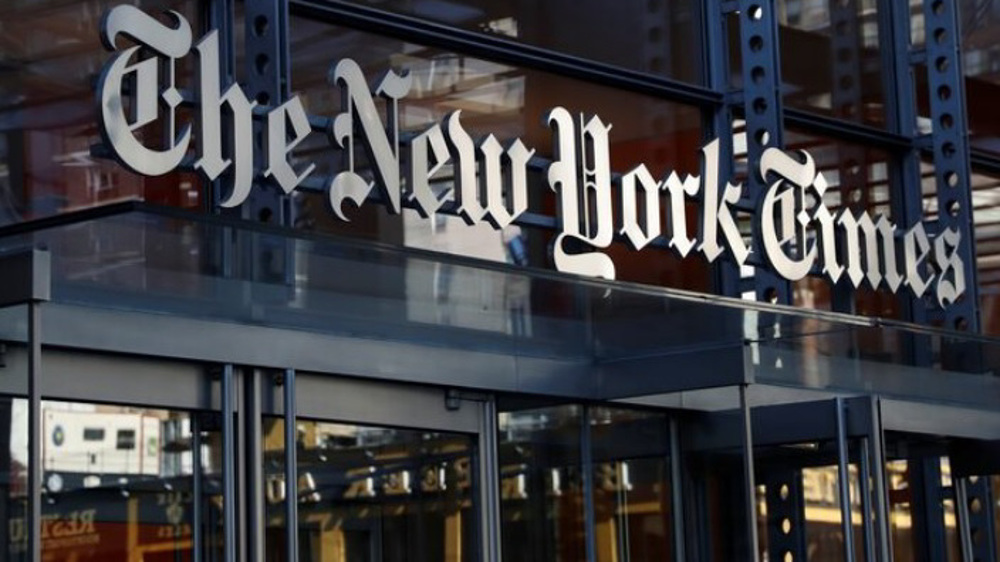
Hamas denounces NYT distortion of Marzouk’s comments on Op Al-Aqsa Flood
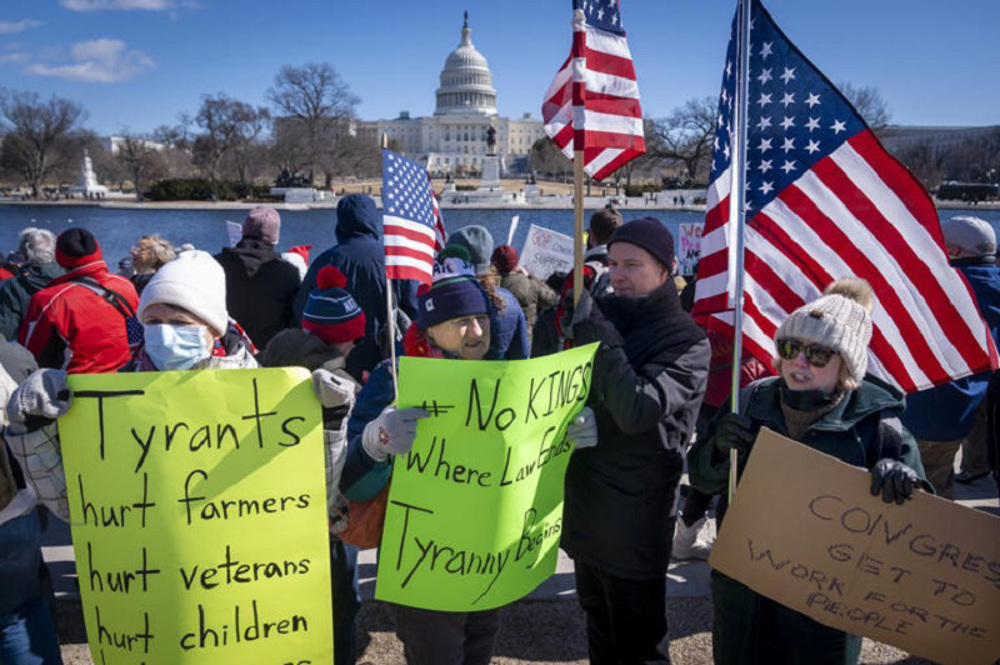
Thousands demonstrate on Presidents’ Day to call Trump 'A Tyrant'
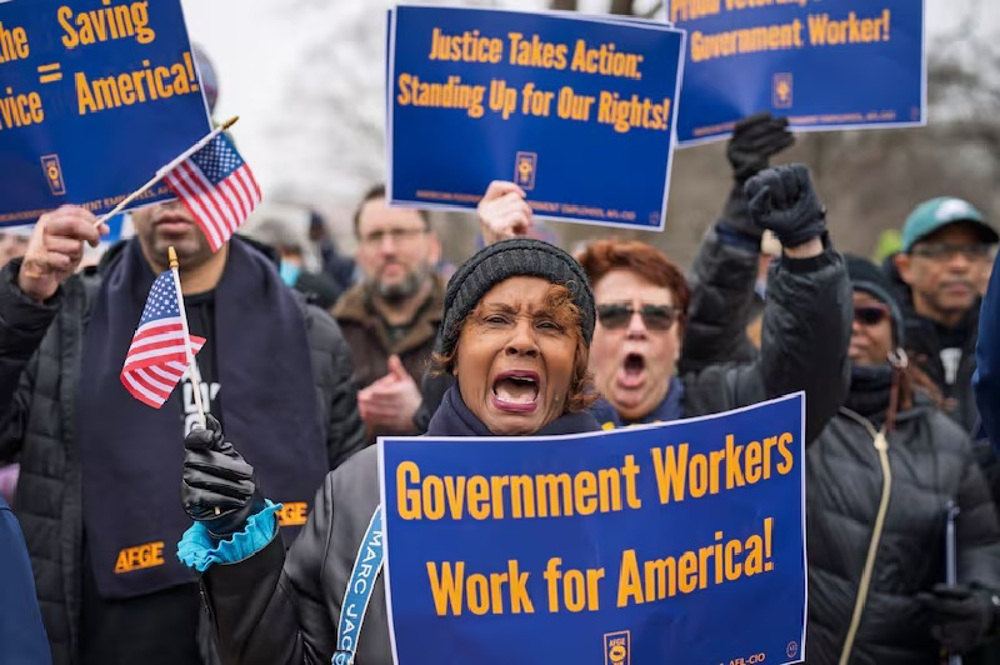
US Federal workers protest Trump workforce cuts
Israel’s massacres won’t grant it ‘legitimacy’: Hamas on 31st anniversary of Ibrahimi Mosque tragedy
French leader decries ‘unprecedented diplomatic scandal’ after Israel bars European MPs
VIDEO | Washington’s failed projects
VIDEO | Islamabad exhibition exposes Israeli atrocities in Gaza
Trump rescinds arms sales regulation in favor of Israel, sources say
Iran’s president vows to accelerate cooperation with Russia
Palestinian says Israeli jailers poured acid on him during interrogation
Iran, Turkmenistan seek increased cargo transit via railways


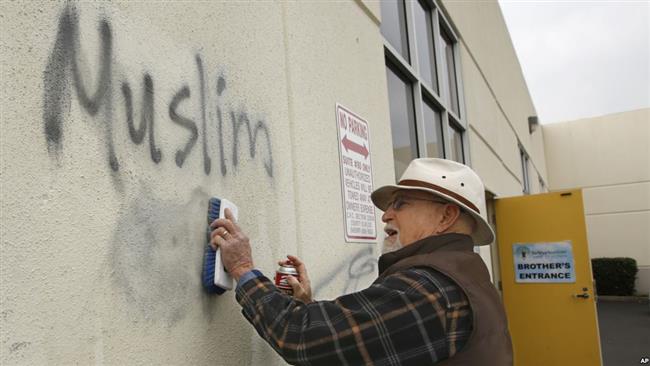




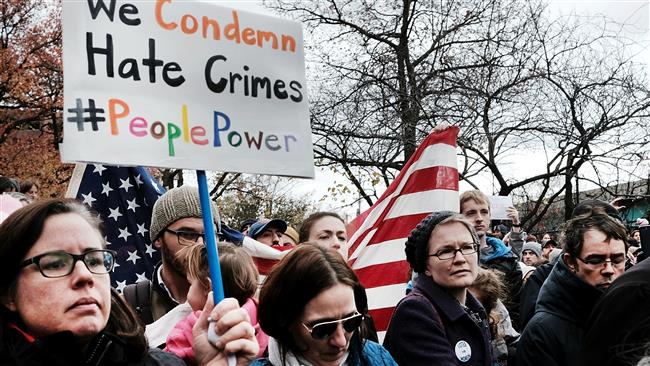


 This makes it easy to access the Press TV website
This makes it easy to access the Press TV website